 California drivers are bearing the burden of the state’s transportation funding crisis, with average drivers spending more than $500 a year to repair the wear and tear on their vehicle caused by bad roads.
California drivers are bearing the burden of the state’s transportation funding crisis, with average drivers spending more than $500 a year to repair the wear and tear on their vehicle caused by bad roads.
Gas tax revenues fund most of the state’s road maintenance and repairs, but gas tax revenues are declining as cars become more fuel efficient and as drivers adopt hybrids and electric vehicles. Caltrans estimates the funding gap to be about $5.7 billion per year for the state highway system alone.
Unless we address the transportation funding shortfall immediately, the funding gap will only widen.
Lawmakers are working on a short-term solution to maintain our roadways, and we will have to depend on the gas tax for the immediate future. However, gas tax revenues will continue to fall behind our transportation funding needs over the longer term. We must ultimately find a new transportation funding model that better reflects today’s realities.
One potential solution is the road charge. Under a road charge system, drivers pay by the mile rather than by the gallon.
Whether you drive a gas-guzzling truck or an all-electric sedan, the road charge is the same per mile. Everyone pays his fair share. Several other states are already testing the road charge concept, and we must explore it further in California to determine if it is the right solution for us.
The state has already taken steps to begin exploring a road charge system. Senate Bill 1077, signed into law last year, requires California to study the feasibility of a road charge in a statewide pilot that includes a variety of volunteers from all regions of the state.
 To help ensure the parameters of the pilot meet California’s unique needs, SB 1077 also established a Technical Advisory Committee to design the pilot with the benefit of robust public input. The TAC includes experts in telecommunications, data security and privacy, as well as highway users, business and consumer advocates, elected officials and academic researchers.
To help ensure the parameters of the pilot meet California’s unique needs, SB 1077 also established a Technical Advisory Committee to design the pilot with the benefit of robust public input. The TAC includes experts in telecommunications, data security and privacy, as well as highway users, business and consumer advocates, elected officials and academic researchers.
In 2015, the TAC conducted a robust stakeholder outreach process to seek feedback and input on the design of the pilot. The TAC held 12 public meetings throughout California and invited residents all over the state to attend a meeting or comment through the TAC’s website. Additionally, the TAC invited over 400 stakeholder groups and 130 elected officials to participate in the process, and it consulted a Road Charge Work Group made up of representatives from local government, vehicle manufacturers, fuel distributors and highway users.
After carefully reviewing all of the feedback and input gathered, the TAC released its final recommendations for the design of the pilot in early January. Some of the highlights of those recommendations are that the pilot should:
* Give drivers multiple options to report miles driven;
* Provide non-technological options for those who choose to report their miles manually;
* Protect driver privacy and personal data;
* Measure the impact of a road charge on rural and urban drivers;
* Require no cost to participate.
The pilot is now scheduled to launch this summer and aims to recruit 5,000 participants who reflect the geographic, demographic and socioeconomic diversity of the state.
Because it has been rigorous, this endeavor gave us the opportunity carefully to examine and develop a set of recommendations that reflect the unique nature of our state.
While we know the current gas tax system will not keep pace with state and national needs in the future, we also know the development and implementation of a sustainable long-term solution will take time to deliver. That is why we should all do our part by signing up for the pilot. Together, we can help the state determine if paying by the mile is the right transportation funding solution for California.
For more information, visit www.CaliforniaRoadChargePilot.com.
Jim Madaffer, a former San Diego city counciman, is chairman of the Road Charge Technical Advisory Committee and a member of the California Transportation Commission.
Like this:
Like Loading...
Related






 Tweet This
Tweet This Facebook
Facebook Digg This
Digg This Bookmark
Bookmark Stumble
Stumble RSS
RSS

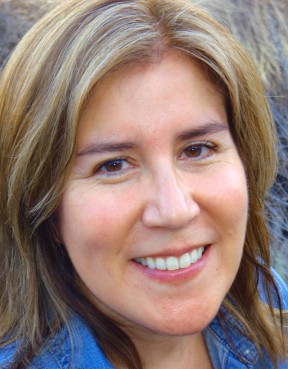
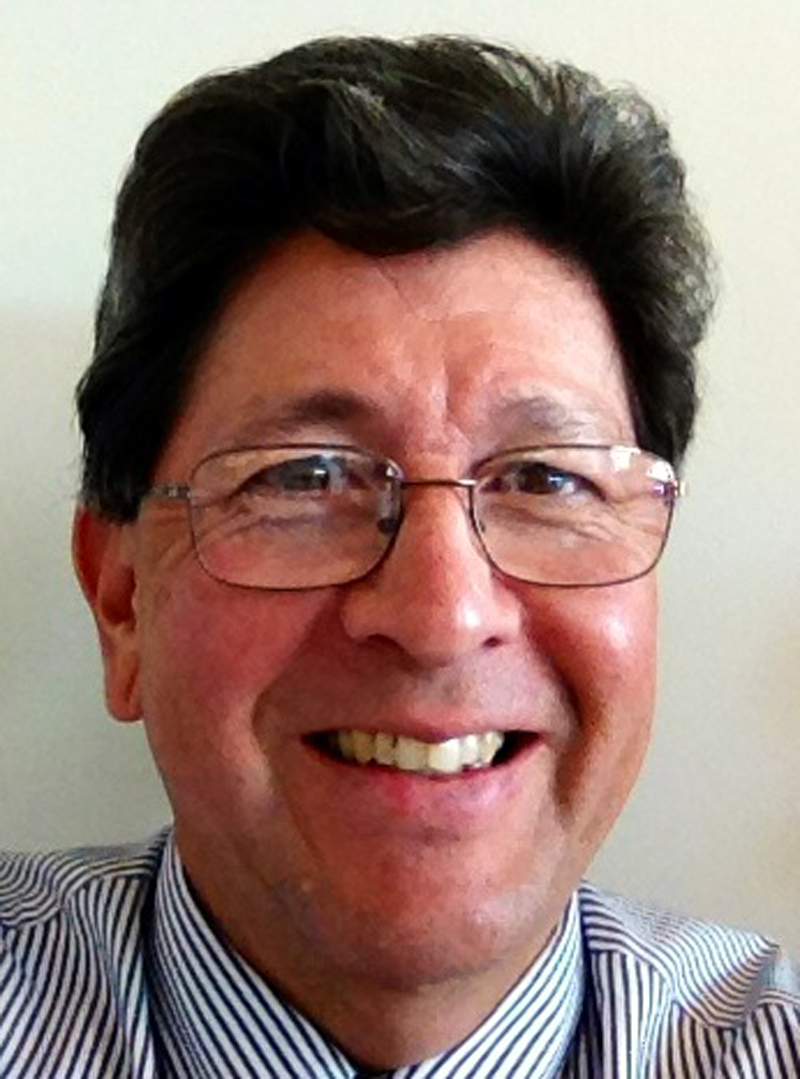
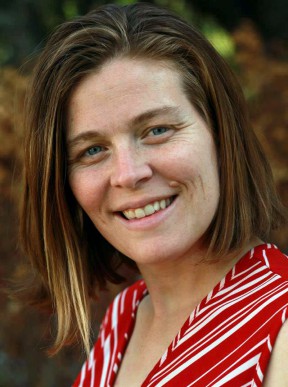
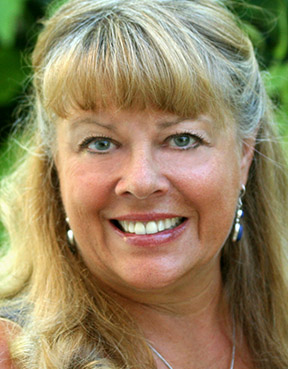

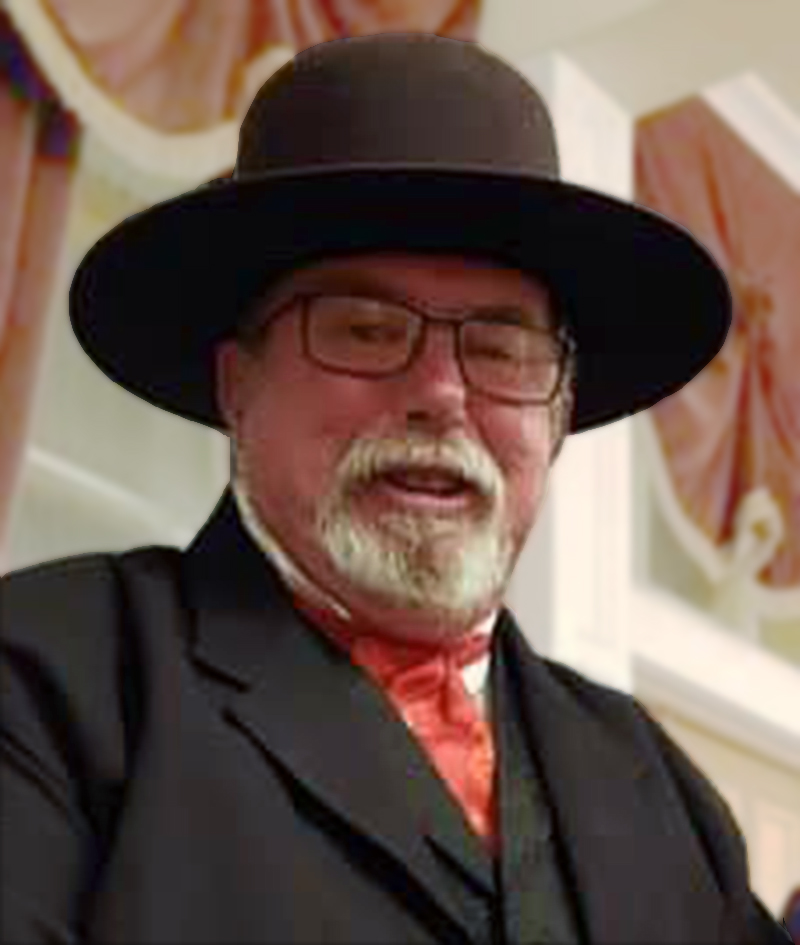
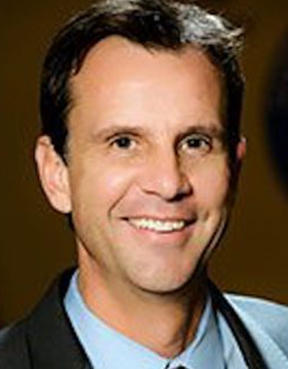


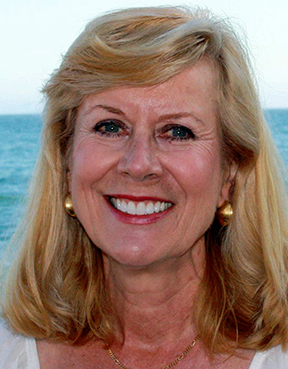






























REAL NAMES ONLY: All posters must use their real individual or business name. This applies equally to Twitter account holders who use a nickname.
4 Comments
Fascinating. Our roads and highways are fast disintegrating. The State’s highway funds have been raided in the past (by our leaders) and the rate of disintegration has increased. Something must be done!
So our Legislature and Governor have decided that since they don’t want to risk annoying the campaign-funding interest groups and corporations to increase the fuel tax for light vehicles, they’ll just slide around and come up with a new, cool method of extracting funding from drivers. Queue up the Committees! Get those Silicon Valley boys to put their over-sized brains and wallets to work! Let’s charge ’em by the reported miles driven!
Except this Road User Charge Pilot thing has already been done by Oregon. They’ve done their initial pilot program, and just to make sure they’re doing another 5,000 driver expanded pilot program that started running in June of 2015.
And guess what? California has already joined the Western States Road Charge Consortium, established by Oregon and Washington state. I’ll be we get to use their data for free.
If we want to.
Don’t believe me? Go to : https://www.oregon.gov/ODOT/HWY/RUFP/docs/RUCPP%20Final%20Report%20-%20May%202014.pdf
And don’t start up the “California is unique” BS. Yeah it’s special but it can’t be that much more dysfunctional than Oregon can, it?
No I think your “robust” approach is more about PR/Marketing to the public and getting all of the pigs access to the trough. Oregon’s version contracts with private “account managers” AKA Toll Road companies that have experience at billing drivers directly for their use of the pay-as-you-go lanes. And there are the digital access providers who make the dongles hooked up to the vehicle’s computer to report mileage for that billing.
And then there’s the Personally Identifiable Information (PII) that will pass through their hands on it’s way to charging us for each mile driven. Lots of value in that info.
It doesn’t matter how much make-up and lipstick you apply, it’s still a pig. Ask Kermit.
Aren’t there more cars on the road everyday? That’s what I have been told.
How many gallons of petrol were sold in Cal. 10 years ago versus today?
Hi C.R.,
You will be surprised by the answer to your second question.
The state Board of Equalization keeps track of gasoline sales. In 2006, 15,825,386,719 gallons of gasoline were sold.
In 2014, 14,702,632,422 were sold, a decrease of 7 percent.
Figures for 2015 are not complete yet.
What’s important in the determination of gasoline sales in addition to the number of vehicles on the road is the mileage of the vehicles and the miles they are driven. The former has been increasing due to mandated fuel efficiency improvements, and demographic changes are contributing to a decrease in miles driven (blame it on the millennials).
Look for yourself:
http://www.boe.ca.gov/sptaxprog/reports/mvf_10_year_report.pdf
Great piece! I didn’t know that Jim Madaffer, a former San Diego city councilman, is chairman of the Road Charge Technical Advisory Committee and a member of the California Transportation Commission. I strongly agree with everything he writes.
The release of the details of the pilot are timely considering that the California Transportation Commission has just slashed transportation funding by about $750 million due to reduced gas tax revenue. Worse yet, the gas tax is set to decrease, again, this year.
http://www.planetizen.com/node/83458/transportation-funding-crisis-looming-california-after-revenues-fall